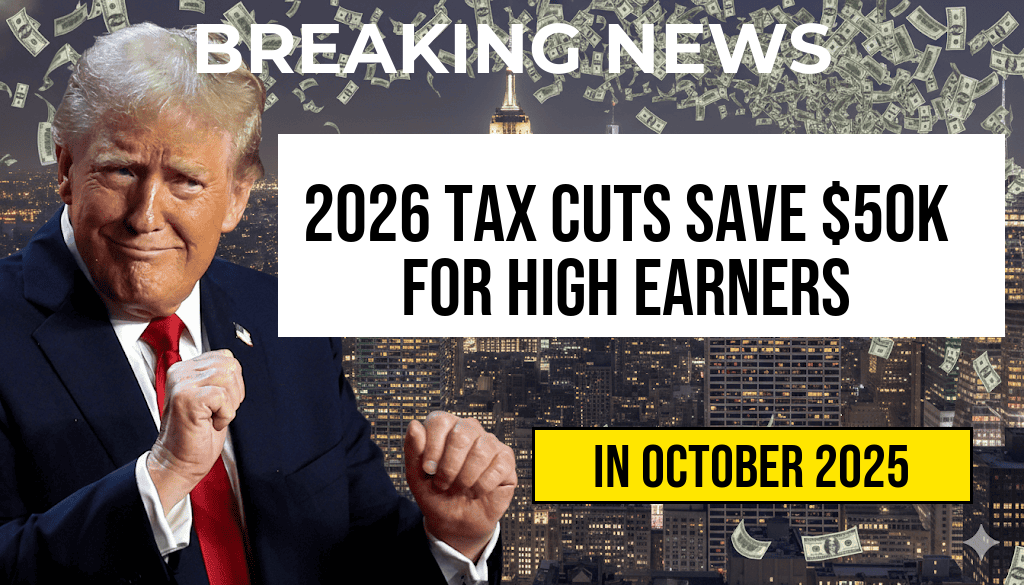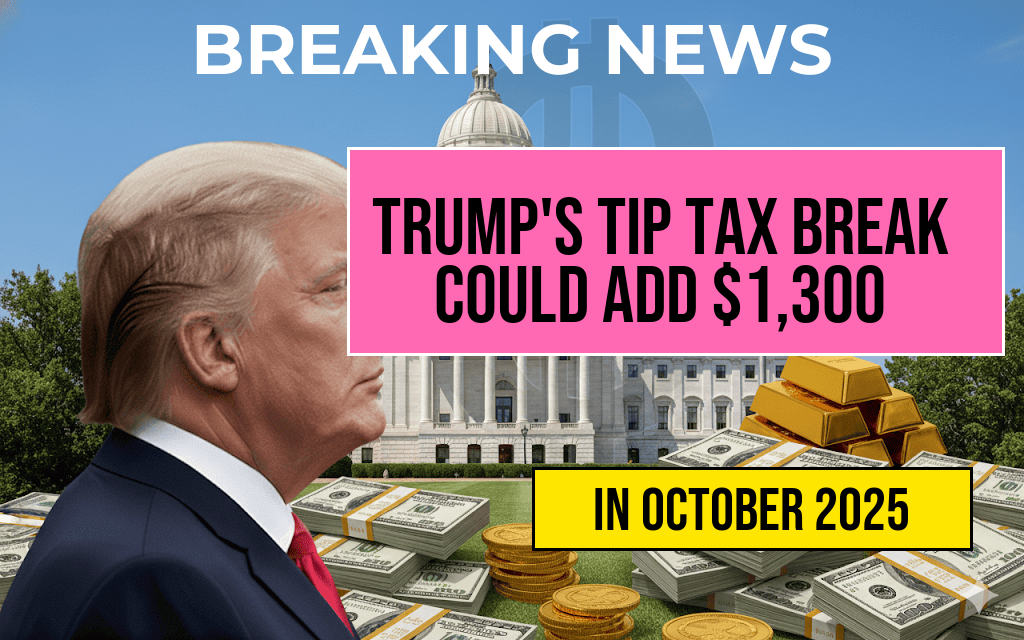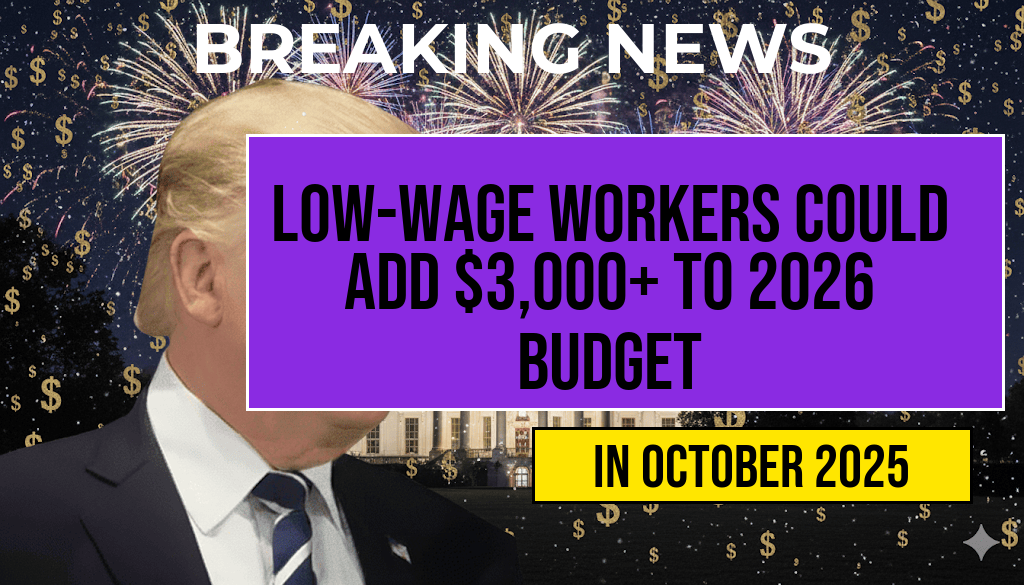Recent projections for the 2026 federal tax brackets suggest significant changes that could benefit middle- and upper-middle-income earners. Notably, the top federal income tax rate is expected to decrease to 12% for certain income levels, potentially saving a taxpayer earning around $50,000 hundreds of dollars annually. These adjustments are part of proposed reforms aimed at simplifying the tax code and providing greater relief for middle-class households. While the specific income thresholds and rates remain subject to legislative approval, experts emphasize that such shifts could lead to tangible financial benefits for millions of Americans, especially those in the $40,000 to $70,000 income range.
Projected Changes to Federal Tax Brackets for 2026
Based on current legislative proposals and economic forecasts, the 2026 tax brackets are expected to see a notable revision, primarily characterized by a reduction in the highest marginal tax rate. The plan aims to adjust income thresholds to account for inflation and economic growth, making the tax system more progressive and fairer across different income groups. These changes are poised to benefit taxpayers who earn around $50,000 by lowering their effective tax rate and increasing their after-tax income, which can be redirected toward savings, investments, or essential expenses.
Key Highlights of the Proposed Tax Reforms
- Top marginal tax rate reduced to 12%: The highest federal income tax rate is anticipated to decrease from 13.3% to 12% for income brackets above approximately $50,000.
- Adjusted income thresholds: The income levels defining each tax bracket are expected to be revised upward to reflect inflation, reducing the number of taxpayers in higher brackets.
- Increased standard deduction: The standard deduction may see a boost, lowering taxable income for many middle-income families.
- Enhanced tax credits: Potential expansion of child and earned income tax credits could further reduce tax burdens for low- and middle-income households.
Impact on Middle-Income Earners
For a taxpayer earning approximately $50,000 annually, these reforms could translate into hundreds of dollars in savings each year. Currently, individuals in this income range often face marginal tax rates around 22% or higher, depending on their deductions and filing status. The proposed reduction to a 12% top rate would significantly lower their effective tax rate, allowing more of their income to stay in their pockets.
Example Calculation
| Current Tax Rate | Projected Tax Rate | Approximate Savings |
|---|---|---|
| 22% | 12% | $500–$700 annually |
While individual circumstances vary, this shift could mean a substantial boost to disposable income for many Americans, enabling them to allocate funds toward debt repayment, education, or retirement savings.
Legislative and Economic Context
The proposed tax adjustments are part of broader efforts to reform the U.S. tax system, balancing revenue needs with economic growth initiatives. Policymakers cite inflation adjustments and the desire to make the tax code more equitable as primary drivers behind these changes. However, debates continue over the potential revenue impact and the distributional effects across different income groups. Experts from institutions like the Wikipedia page on U.S. tax policy highlight that such reforms could influence federal revenue, economic activity, and income inequality.
Forecasts and Analysis
Financial analysts from sources such as Forbes suggest that the reduction in the top rate could stimulate increased investment and consumer spending. Nonetheless, some critics warn about potential revenue shortfalls that might challenge federal budget priorities. Experts advise taxpayers to stay informed about legislative developments that could further refine these projections before they become official policy.
Looking Ahead
As legislative negotiations continue, taxpayers should monitor official updates from the IRS and congressional committees. The 2026 tax reforms, if enacted as proposed, promise to reshape the landscape for millions of Americans, making the tax system more straightforward and potentially more favorable for middle-class earners. Individuals earning around $50,000 could find themselves with more after-tax income, thanks to the planned reduction in the top marginal rate and other supportive measures.
Frequently Asked Questions
What changes are expected in the 2026 tax brackets for high earners?
By 2026, the top tax rate is projected to decrease to 12%, potentially leading to significant tax savings for high-income earners, including those earning around $50,000.
How will the reduction in the top tax rate benefit a $50,000 earner?
The lower top rate could result in hundreds of dollars in tax savings annually for earners around $50,000, increasing their net gains and overall financial benefit.
When are the new 2026 tax brackets expected to take effect?
The projected tax brackets are scheduled to be implemented starting in 2026, as part of upcoming tax reforms aimed at providing relief to taxpayers.
Will the tax rate changes impact all income levels equally?
No, the most notable impact will be on higher-income taxpayers who face the top rate reduction, while lower-income brackets will experience less significant changes.
How might these projected changes influence individual financial planning?
With the anticipated tax rate reductions, individuals may consider adjusting their financial strategies to maximize tax savings and investments ahead of the 2026 implementation.






